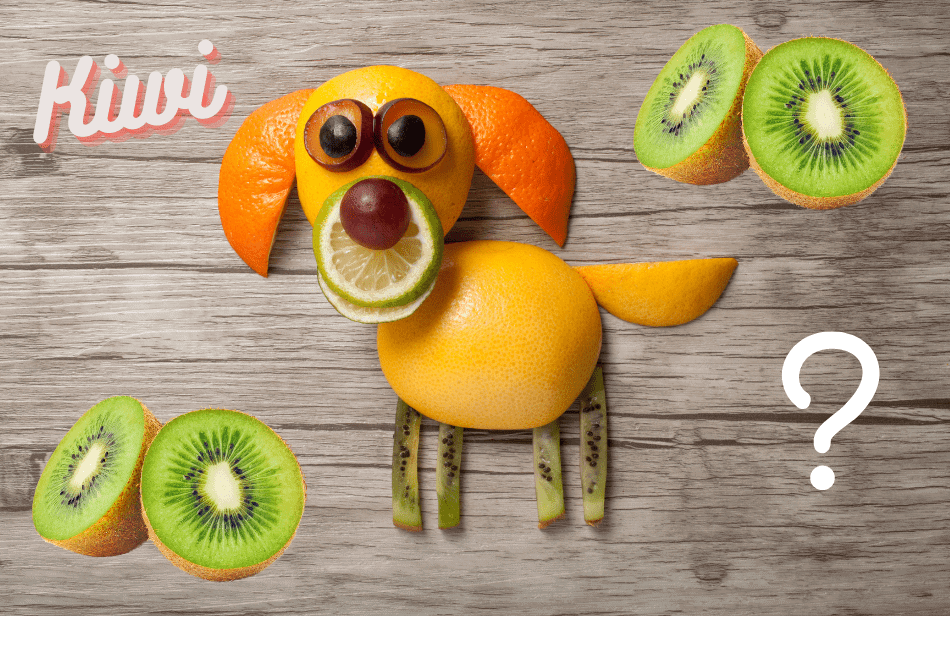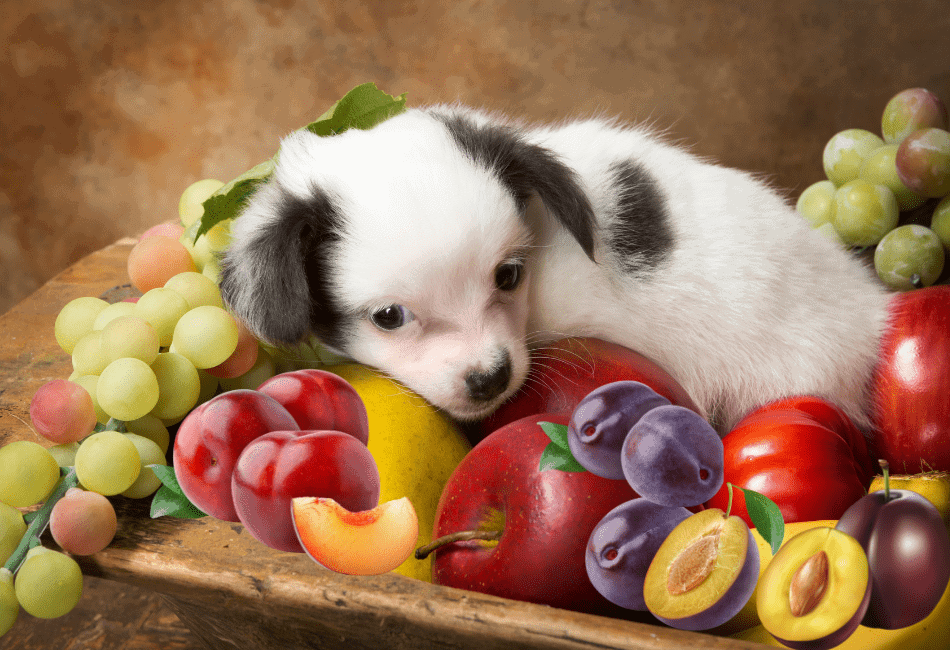Can dogs have Kiwi? If you’re talking about those flightless floofy birds, then the answer is both NO and YES! Check out the link at the end of this post to read the sad/happy story about how dogs are helping save New Zealand’s unique but endangered birds. What you’re really asking is, “Can dogs eat Read More
Category: Dogs
Can Dogs Eat Plums? Life Is The Pits!
Our friend asked us the other day if dogs can eat plums? His pooch found some laying under his tree in the backyard and decided to try some out. He was not sure how much his dog had consumed and was worried about the possible consequences. This led us to a great question-and-answer conversation that Read More


